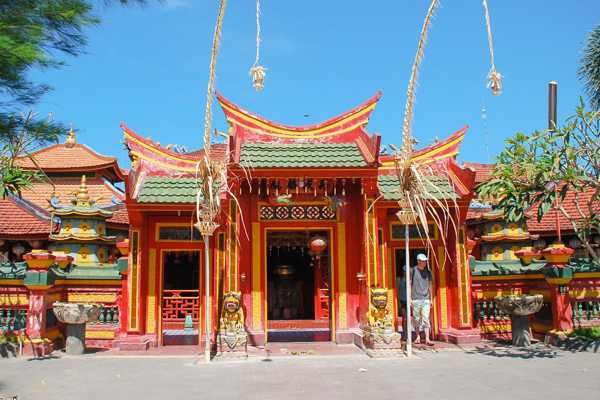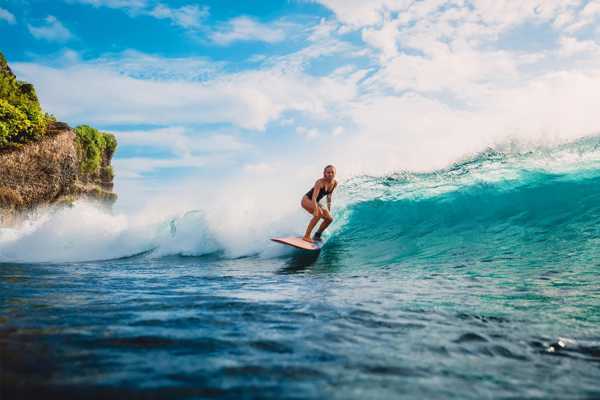On Bali scuba diving trips, you’ll explore a thriving and vibrant underwater world as the island is home to excellent dive sites and a collection of underwater gardens. Extensive coral reefs thrive in the warm waters around the island, and it’s common to see sharks, turtles, manta rays and a kaleidoscope of tropical fish. Spectacular dives in Bali include drop-off walls, shipwreck diving and drift diving.
Dive centres in Bali offer both fun dives and PADI-certified open water diving courses and adventures. During the rainy season and storms, reduced visibility may be common. But there are certain dive spots where you can expect calm and clear waters at almost any time of year, like Menjangan Island and Pemuteran on the North Bali coast.
Scuba Diving in Bali - one of the highlights of 10 Best Water Sports in Bali (Read all about Bali here)
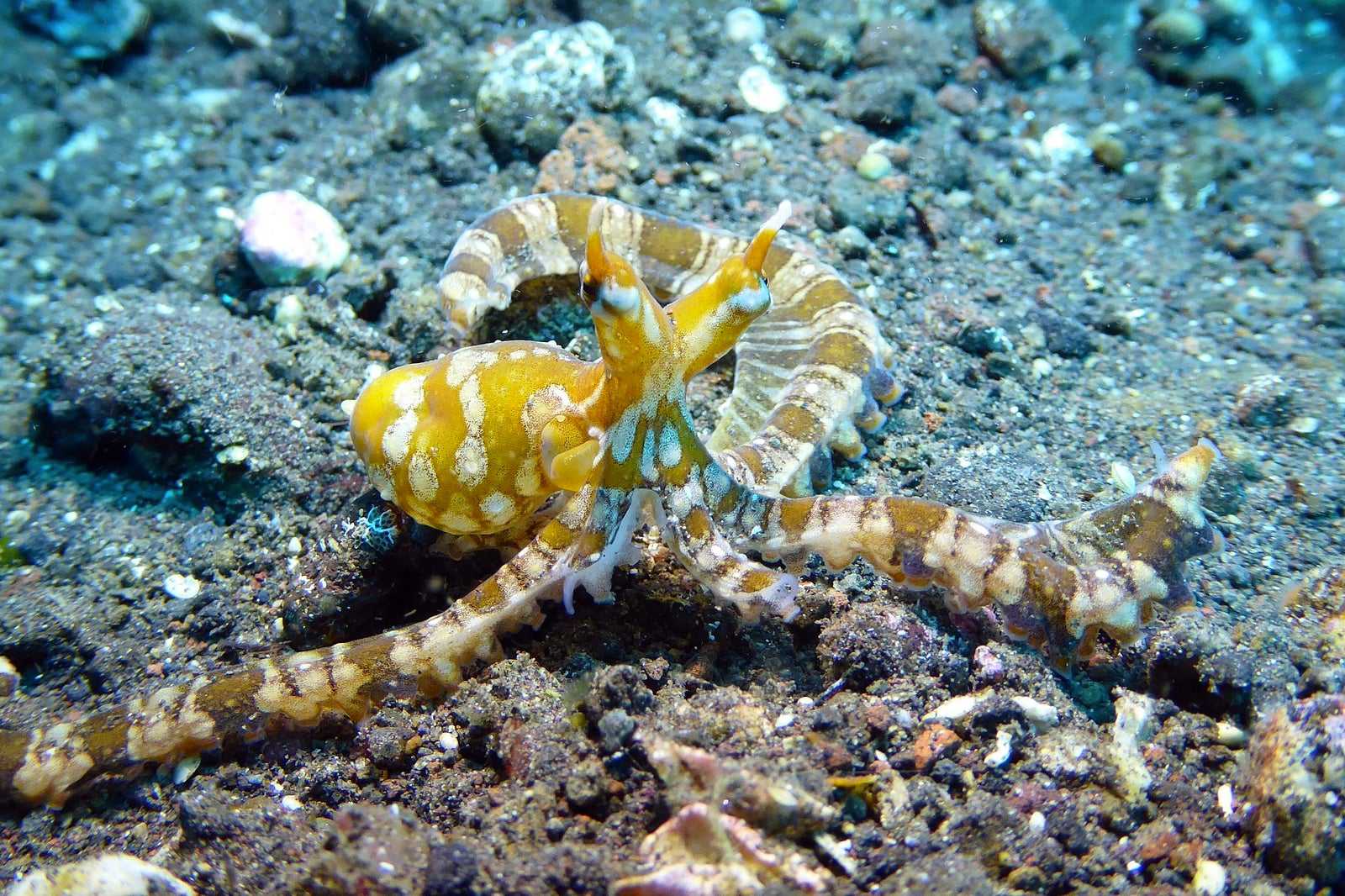
Great dive sites in Bali
There’s a facet of the island’s underwater beauty waiting to be discovered by divers of every skill level, and most dive sites in Bali offer year-round visibility that ranges from fair to excellent. The best time to go diving, though, is usually around the dry-season months, between April and November.
Amed and Tulamben on Bali’s east coast have some of Bali's most popular dive sites, including fascinating shipwrecks such as the USS Liberty cargo ship that sunk in WWII, and the more recent Boga shipwreck alongside a classic VW car, all which are gradually becoming new homes to baby reefs and tropical fish.
The north coast has much to offer, too. There are the rich reef scenes of Menjangan Island to the expansive artificial ‘bio rock’ reef gardens of Pemuteran with its magnificent sunken sculptures and temples overgrown with gorgonians that all serve as homes to colourful schools of fish.
The best dive sites in Bali also let you come up close with some of the world’s rarest species. These range from reef sharks, sea turtles, tiny pygmy seahorses and large manta rays to the elusive oceanic sunfish or ‘mola-mola’.
The most common dive spots where these pelagic animals migrate include the waters around Nusa Lembongan Island, Gili Tepekong, and different dive spots around Nusa Penida. Additionally, non-divers who prefer not to get wet, can try a submarine safari from around Candidasa or Nusa Lembongan, or go on ‘sea walks’ wearing specially made helmets.
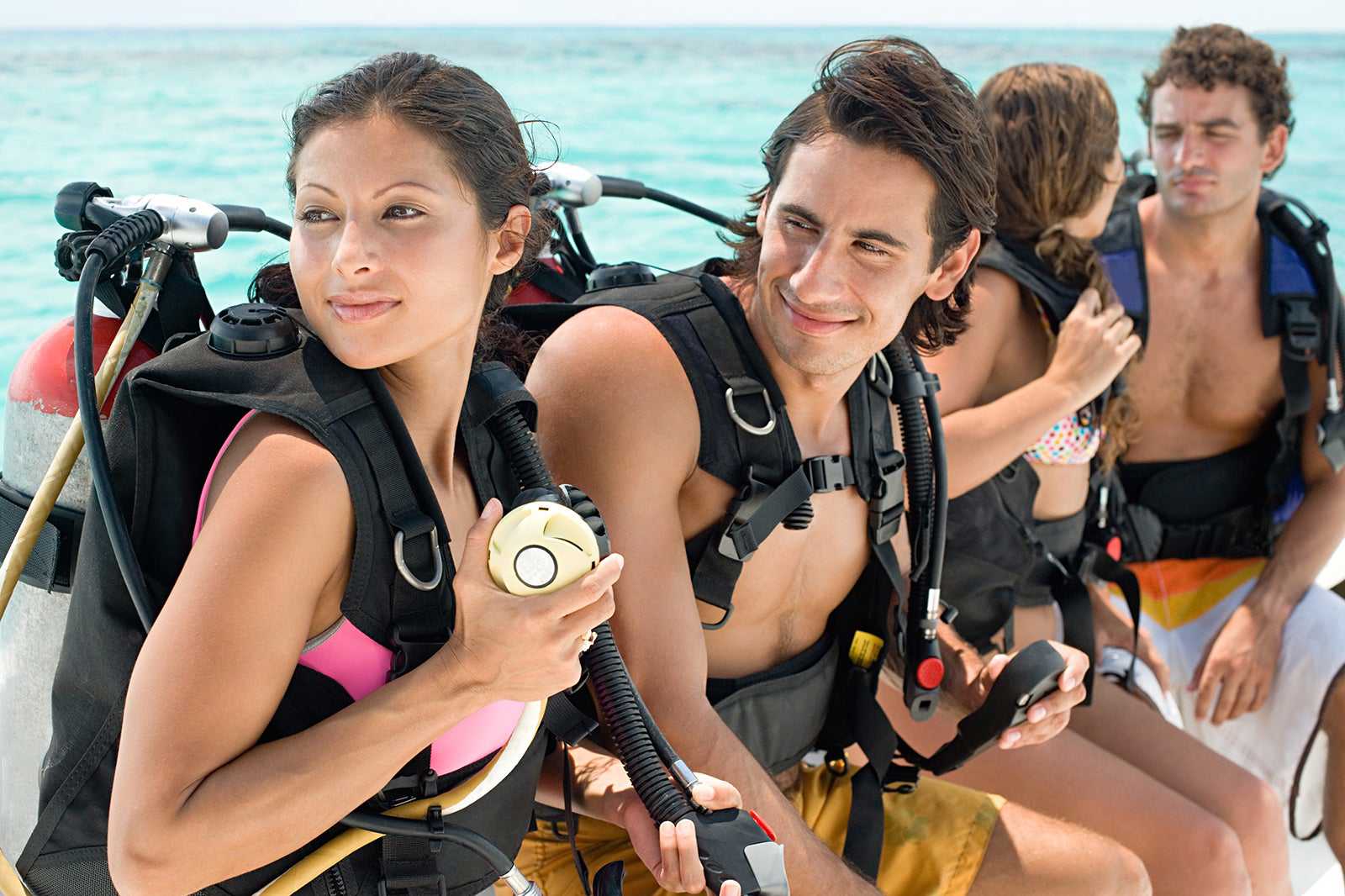
Learn to scuba dive in Bali
Bali is one of the best places to learn and get your dive certification. You’ll learn the basics of scuba diving and enjoy Bali’s beautiful tropical underwater scenes at the same time.
There are over a hundred recreational diving certification organisations listed worldwide, but the most popular and widely available certification among dive shops in Bali are PADI (Professional Association of Diving Instructors) and SSI (Scuba Schools International). Both schools adhere to strict guidelines set by the WRSTC (World Recreational Scuba Training Council), meaning you can dive pretty much anywhere in the world once you’re certified.
Diving courses range from the beginner's Open Water course, and you can add to your skills with any of the higher-level courses: Advanced Open Water Diver, Rescue Diver and Diver Stress & Rescue. With a Divemaster (PADI) or Dive Guide (SSI) certification, you’ll be able to lead dive groups and plan diving tours on your own. As a Dive Instructor, you’ll be able to instruct courses and eventually issue certifications to other budding divers.
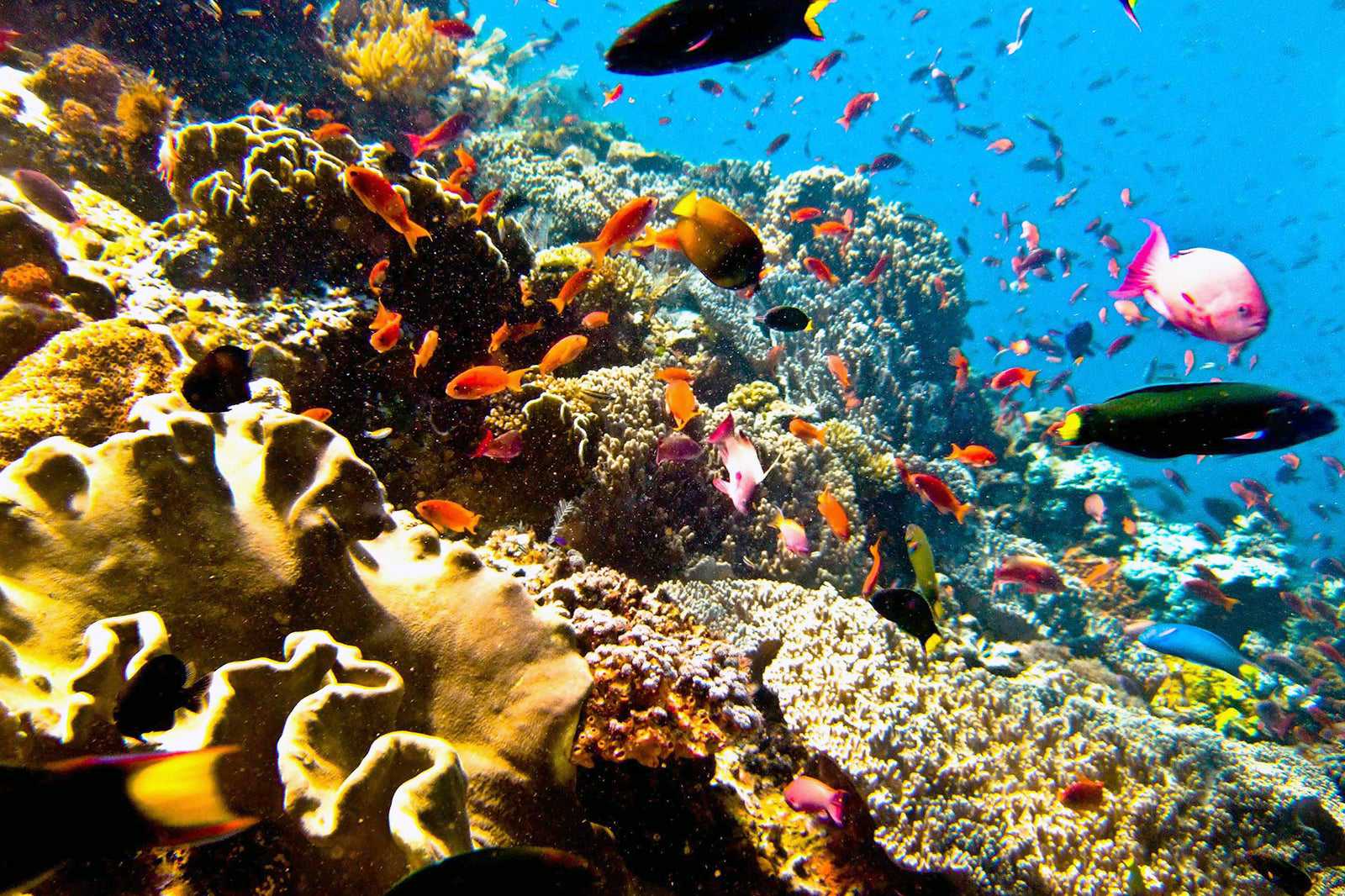
Foto di Ilse Reijs and Jan-Noud Hutten (CC BY 2.0) modificata
Liveaboard diving spots from Bali
Most of Bali’s dive spots are around its immediate waters. But Bali is also a popular starting point for adventurous divers looking to explore the wonderful outlying dive spots in eastern Indonesia. This region shares the ocean currents with the so-called ‘World Coral Triangle’ – recognized as the global centre of marine biodiversity or ‘Amazon of the seas’ due to its significance in marine diversity and conservation.
Best way to explore these far-off diving destinations is by liveaboard trips aboard the most popular vessels: modernized Phinisi schooners and yachts. These liveaboard diving trips often take up to 5 nights or more, with favourite spots that include Lombok, Komodo, Flores, Alor, Ambon, Halmahera, the Banda Sea, and Raja Ampat which is often considered the ‘Mecca of diving’ in Indonesia thanks to its central position in the coral triangle.













